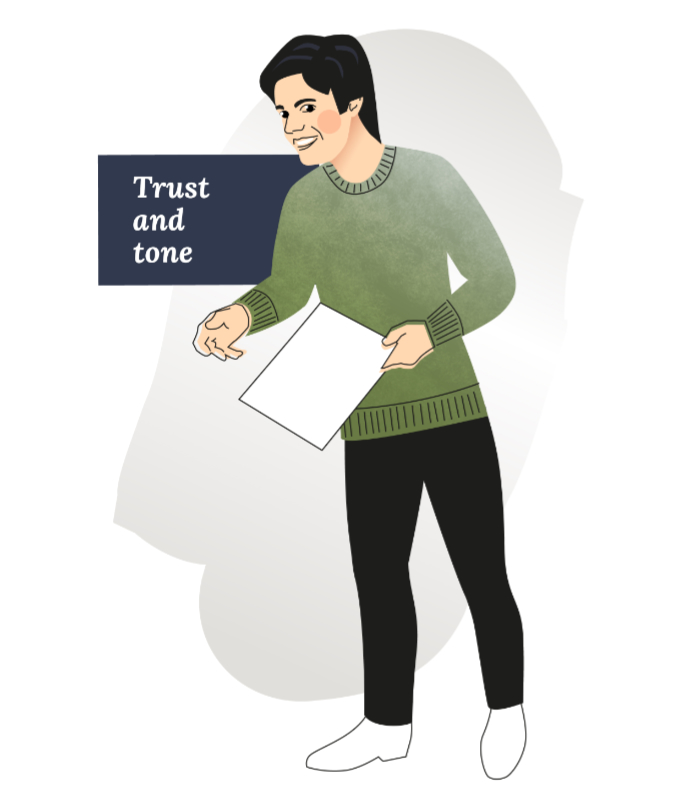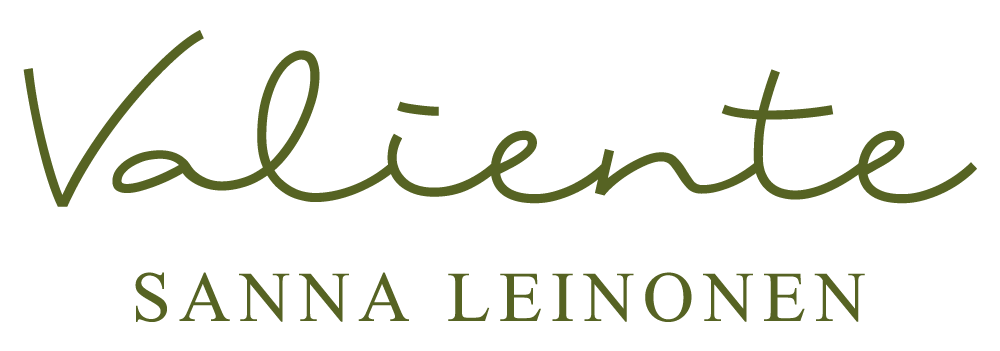The first principle, and in my opinion the most important, is Trust and Tone. Trust is an indispensable element of all human interactions, which include collaboration. Collaboration, enabled by trust, is essential when a group of teachers work together.
So, what is trust? In order for me to be able to trust my colleagues, I must understand the knowledgebase and the intellectual functions within our content areas so that we can incorporate them in our instruction. I must understand what is essential in my colleagues subjects and how they see it. What is their view of teaching and how that affects their teaching.
According to Ortloff, one central reason for limited collaboration is lack of trust. This can easily lead to a situation where teachers are jealous of their own content and are not willing to slim down their own curriculum. Slimming down the curricula is essential when doing the planning for any cross curricular unit. To be able to find the shared goals, both, or all parties have to give in and find the essential in their curricula.
In order for the teachers to be able to build trust, they have to be comfortable with each other. Teachers must feel their ideas are respected and encouraged. When people feel valued, respected and understood, there is sense of safety to explore and a freedom to continue to grow. Planning an integrated curriculum is a laborious task. To be able to freely brainstorm and find new ideas, there must be this accepting climate. As Bonk and Khoo put it, the tone of the collaboration must encourage psychological safety, comfort and sense of belonging.

